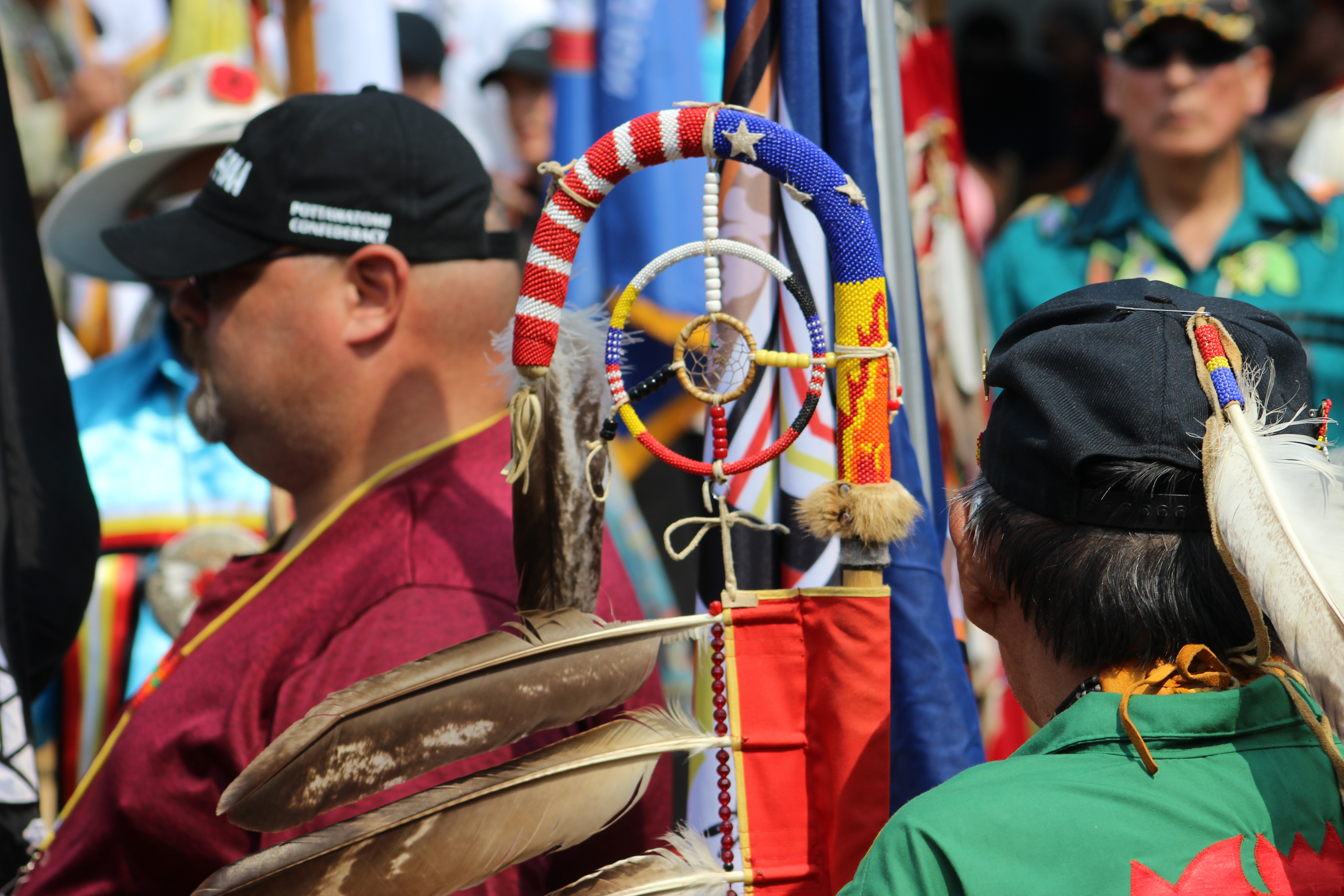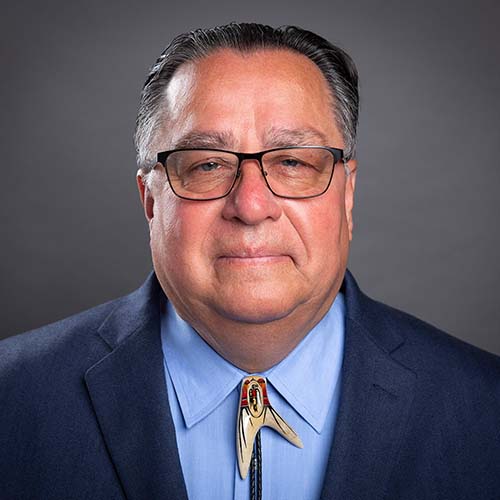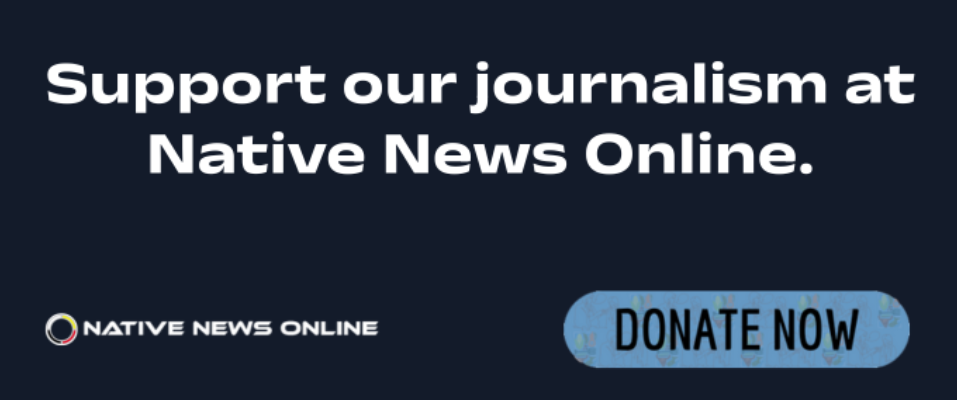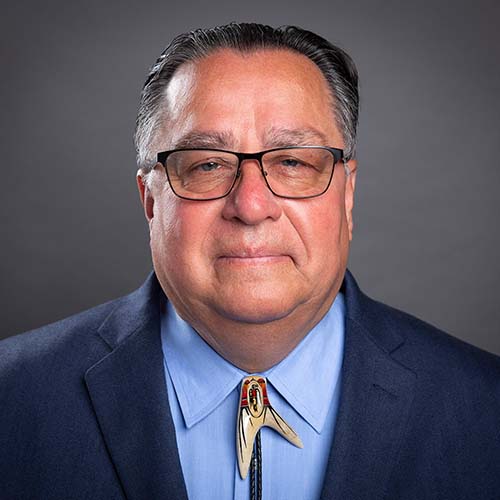
- Details
- By Levi Rickert
The ongoing federal government shutdown is not only halting crucial services for tribal communities—it also underscores long-term structural flaws in how the federal government finances its obligations to Native Nations and Native American people, according to a new analysis released today by the Brookings Institution.
In the report, authors Robert Maxim, Liz Malerba, Glencora Haskins, and Danika Grieser argue that while the U.S. government maintains treaty and trust responsibilities to Tribal Nations, the funding mechanisms used to fulfil them are unstable and subject to disruption. “The federal government cannot effectively meet its obligations to Tribes and Native people if some of the most significant funding and programs… are forced to halt,” the report states.
Funding Reality vs. Legal Obligation
The study draws attention to the disparity between legal promises and actual funding. For fiscal year 2024, the federal “Native American Funding Crosscut”—which aggregates spending aimed at Tribes and Native people—listed approximately $37.5 billion in programs. But only just under $32 billion was obligated in that year, leaving $5.6 billion appropriated for future use.
However, Tribal advocates estimate far higher obligations. For example, the Indian Health Service (IHS) Tribal Budget Formulation Workgroup projects a minimum federal obligation of $73 billion—more than ten times the roughly $7 billion Congress appropriated for IHS in FY2025.
Discretionary Funding and Shutdown Risk
A central point in the analysis is that the majority of federal funding for Indian Country is “discretionary”—meaning Congress must annually approve it—rather than “mandatory,” which is less vulnerable to annual budget politics or shutdowns. In FY2024, about 69 percent of federal spending for Native‐related programs was via discretionary funding.
That means when the government shuts down, or when appropriations are delayed, many programs serving Tribal Nations are immediately at risk. The report highlights that during past shutdowns, IHS facilities were forced to furlough staff or operate without pay, and tribal health programs experienced supply shortages and service interruptions.
Examples of Impact
Although some protections exist, such as advance appropriations (which allow certain programs to continue despite a shutdown), these are rare. The IHS health services program has recently moved to use advance appropriations, but many other critical agencies do not. The Bureau of Indian Affairs (BIA) and the Bureau of Indian Education (BIE) are largely funded through annual discretionary appropriations, leaving them especially exposed.
The report notes that nearly all BIE funding and operations rely on these annual appropriations. For the BIA, more than 90 percent of its FY2024 funding came from discretionary sources.
Reform Recommendations
To address these vulnerabilities, the Brookings authors propose a two-pronged approach:
-
Expand advance appropriations – In the short term, Congress could provide advance appropriations for all programs serving Native American people to match their FY2025 levels, ensuring continuity during funding gaps.
-
Shift toward mandatory funding – The report argues that many programs serving Tribes should be financed through mandatory spending (similar to Medicare or Social Security) rather than annual discretionary budgets, given the ongoing, treaty-based nature of the federal obligations.
As the authors put it: “Subjecting Tribal Nations to discretionary and annual funding fails to uphold the United States’ trust and treaty obligations.”
A Critical Moment
With the government shutdown bringing real-world consequences—from suspended services to furloughed Tribal program staff—the report contends this is a pivotal moment for reform. “Rather than returning to business as usual,” the authors write, Congress should “re-evaluate and re-work how the federal government meets its funding obligations to Tribes and Native American people.”
As Tribal Nations continue to navigate the dual burdens of under-funding and funding instability, the Brookings analysis places a spotlight on systemic change—not simply more resources, but a fundamentally different funding architecture.
More Stories Like This
50 Years of Self-Determination: How a Landmark Act Empowered Tribal Sovereignty and Transformed Federal-Tribal RelationsCherokee Nation Launches Digital Dictionary to Support Language Revitalization
Prairie Band Potawatomi Nation Chairman Addresses Homeland Security Contract
Lancaster County to Recognize Conestoga-Susquehannock Tribe on Massacre Anniversary
How the Gaming Economy Helps Tribes Navigate Shifting Policies
Help us defend tribal sovereignty.
At Native News Online, our mission is rooted in telling the stories that strengthen sovereignty and uplift Indigenous voices — not just at year’s end, but every single day.
Because of your generosity last year, we were able to keep our reporters on the ground in tribal communities, at national gatherings and in the halls of Congress — covering the issues that matter most to Indian Country: sovereignty, culture, education, health and economic opportunity.
That support sustained us through a tough year in 2025. Now, as we look to the year ahead, we need your help right now to ensure warrior journalism remains strong — reporting that defends tribal sovereignty, amplifies Native truth, and holds power accountable.
 The stakes couldn't be higher. Your support keeps Native voices heard, Native stories told and Native sovereignty defended.
The stakes couldn't be higher. Your support keeps Native voices heard, Native stories told and Native sovereignty defended.
Stand with Warrior Journalism today.
Levi Rickert (Potawatomi), Editor & Publisher


